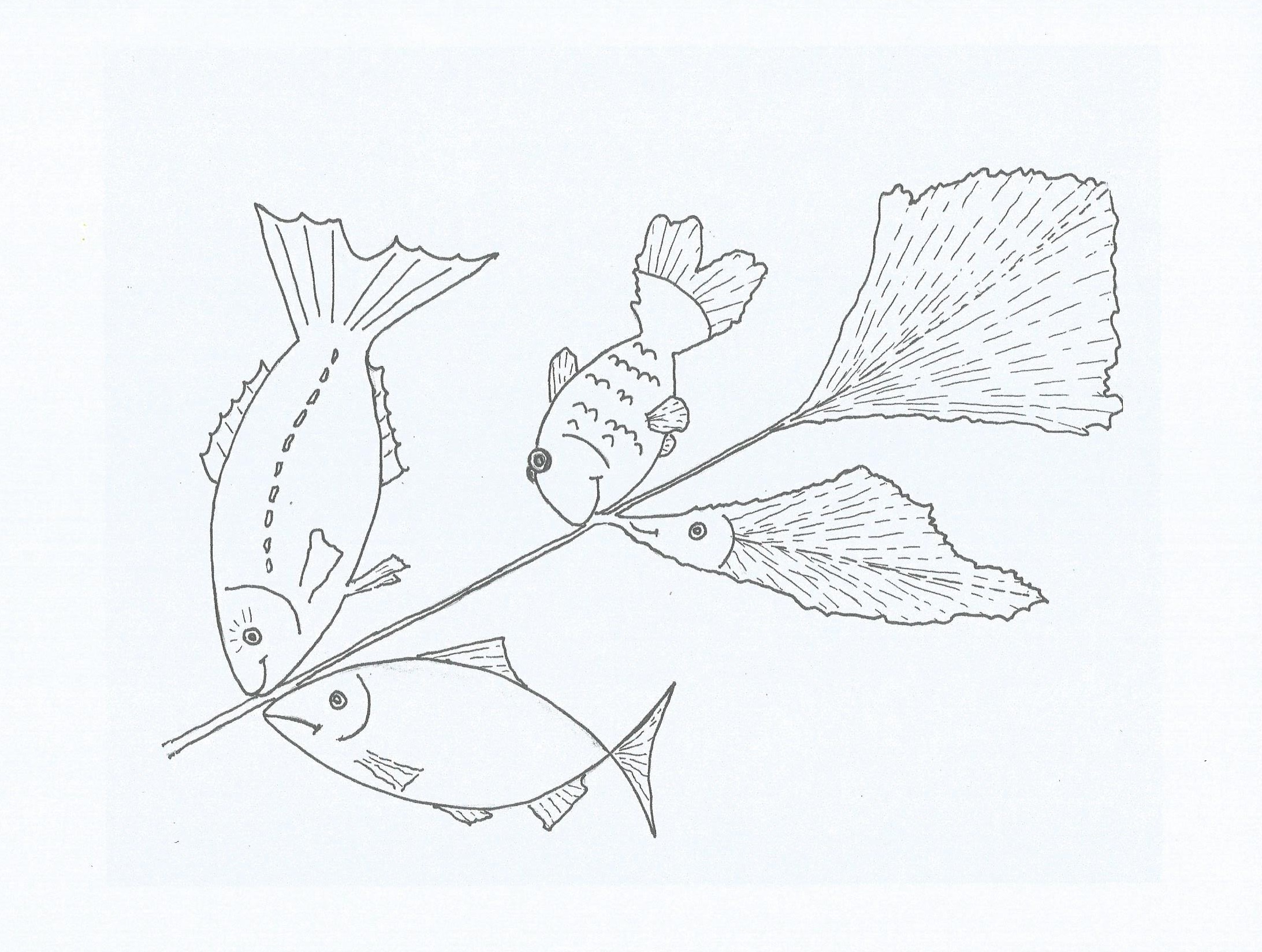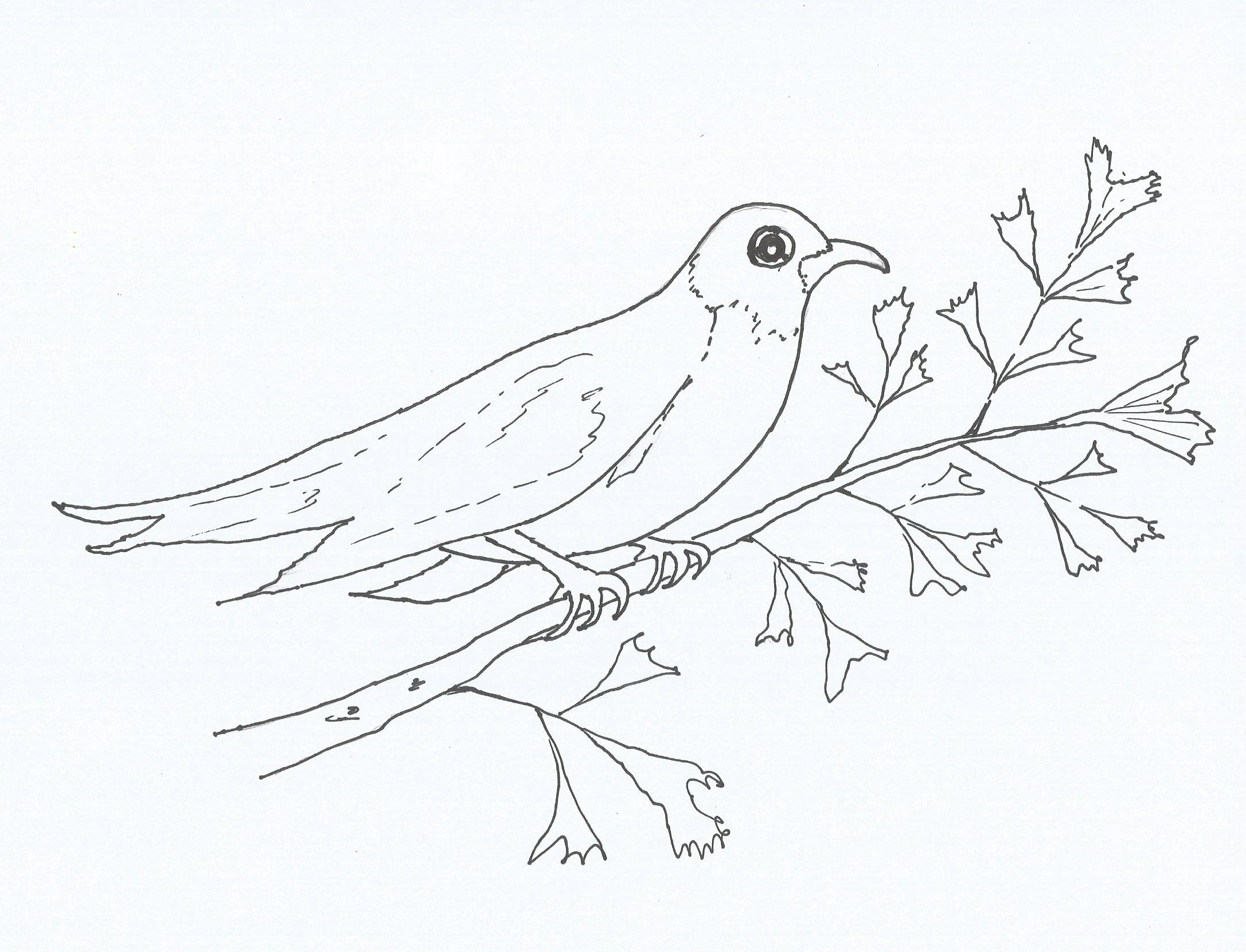Printable pages to color
1. Bougainvillea plant and flower
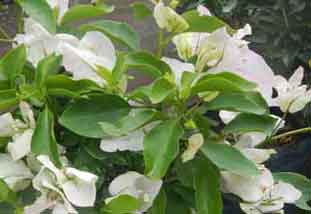
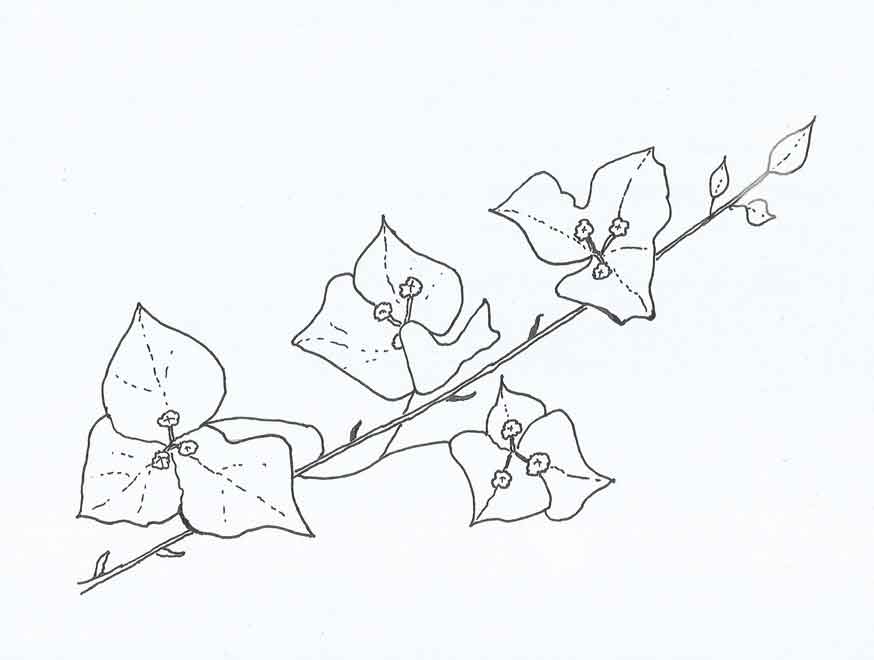 |
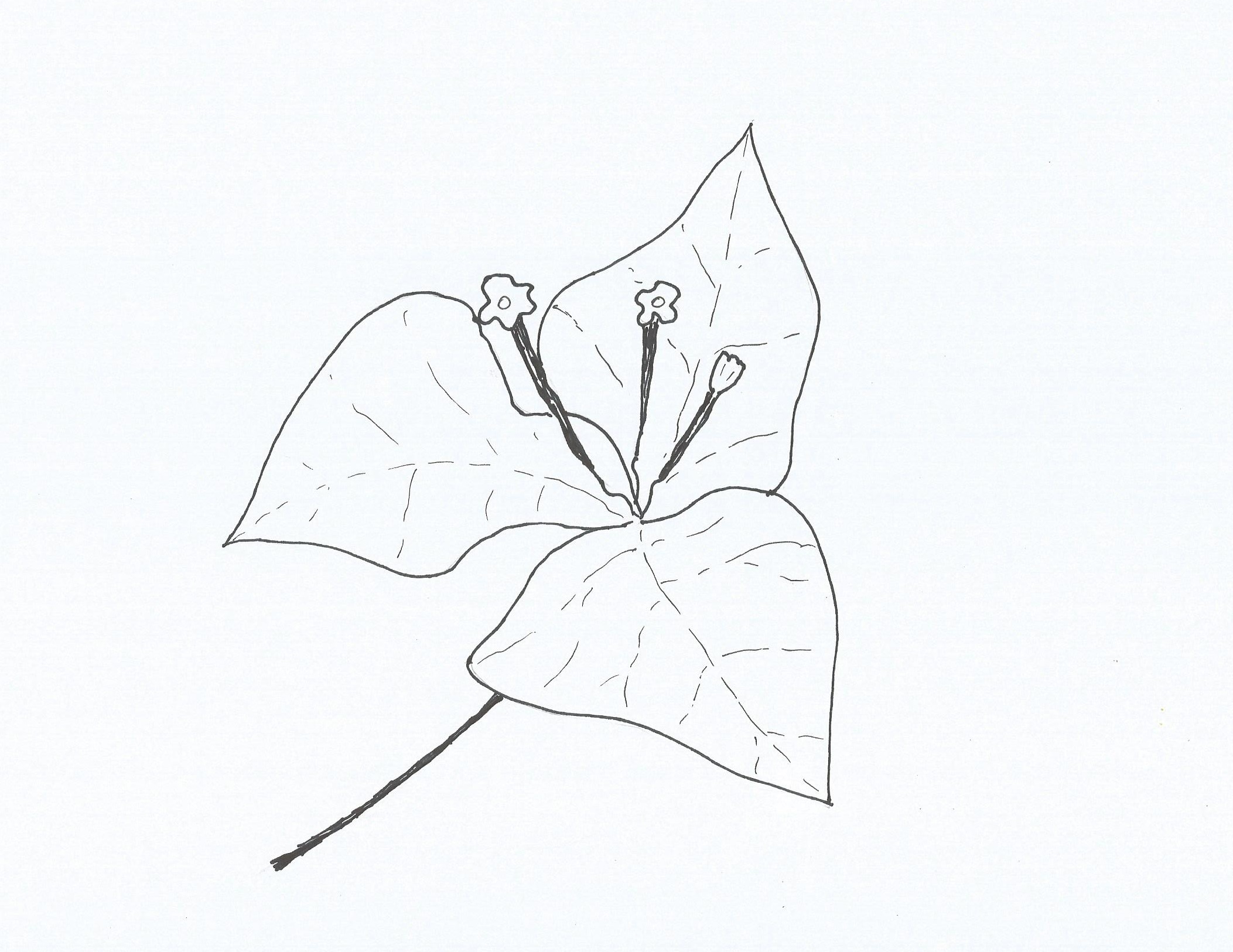 |
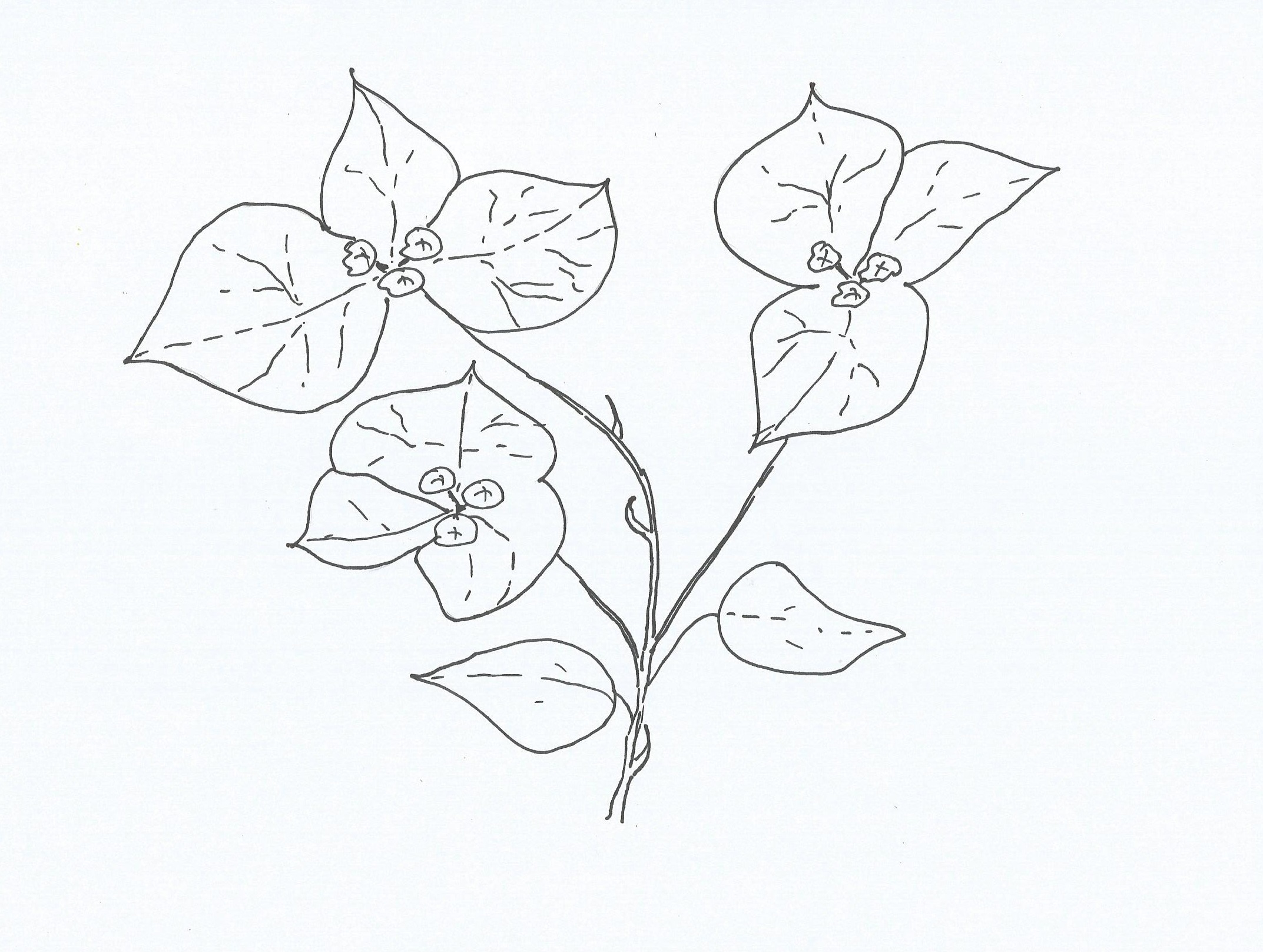 |
What is the bougainvillea [boo-gan-villia] flower?
Bougainvilleas are thorny ornamental plants that can be just a small vine, a bush, or they can be as big as a tree. They climb the surrounding plants thanks to their spiky thorns. We admire their colorful flowers, but they are not really flowers; they are new, flower-like spring leaves. These paper-like leaves (bracts) surround the true flowers: three tiny, white stars at the center. Can you identify them in the drawings? The bracts (usually 3 or 6 of them) come in many colors: pink, white, purple, magenta (a color between violet and rose, and halfway between blue and red), red, orange or yellow. Although bougainvilleas are native to South America, they grow in many countries with a warm climate. Bougainvilleas were named after the French Navy explorer and admiral, Louis Antoine de Bougainville, during his voyage around the world in 1789. Visit a nursery in your area and check that beautiful and colorful plant. Watch the thorns! Enjoy coloring the bougainvilleas above.
2. Colonial houses in Antigua
..."Bill and I had to go to Antigua to do some shopping, and we forgot about the Fish-Tail Palm Tree. Antigua is a charming, colonial town. The streets are paved with coblestones. ...The houses are one story tall and each of them is painted a different color"...
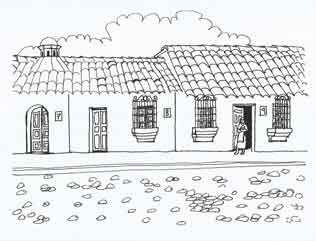 |
 |
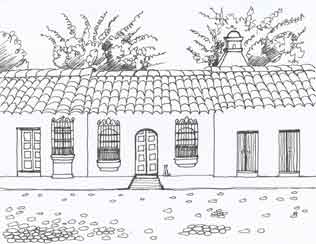 |
What is a colonial house like in Antigua?
Antigua is a colonial city in Guatemala, Central America. Its Spanish name Antigua means in English old, ancient. It could not suit the city better, as Antigua was founded more than 500 years ago by Spanish colonists. The Spaniards brought to Guatemala their architects and artists who built many impressive churches, as well as beautiful mansions and houses.
The colonial houses stand next to each other in continuous lines, and are bordered by very narrow sidewalks. The houses have solid wooden double doors called portones. The reason for a double door in the past was to let in a carriage or a noble rider on a horse. Today, the cars use it. The people on foot could enter by a smaller door cut in the bigger door. The windows in colonial houses are protected by iron grills. The roofs are covered by reddish clay tiles.
To protect the harmony of colors in the cultural center of Antigua, The Cultural Council of Guatemala asked scientists to take samples from the old, colonial walls and study their paints. They came up with a set of 10 colors: 4 shades of yellow, 2 shades of red, 2 shades of blue, in addition to white and ochre, which is a color between yellow, orange and red.

Every year in May, volunteers refresh the facades of Antigua’s houses with colors from The Colors of Antigua Palette. Although most of the inhabitants respect the palette, you can see houses painted with all kind of colors that suit the artistic taste of their owners. Enjoy coloring the colonial houses from Antigua from the printable pages above.
3. Here are more printable pictures to color related with the vocabulary in the book A Robin's Nest in a Fish-Tail Palm Tree?
Below are examples of Bernadette's colored printable pages. Show us yours, we know they will be awesome! We might display them on this website. Don't forget to add your name, age, city, and country.
Please send your picture to this address: robinsnestabookforchildren@gmail.com
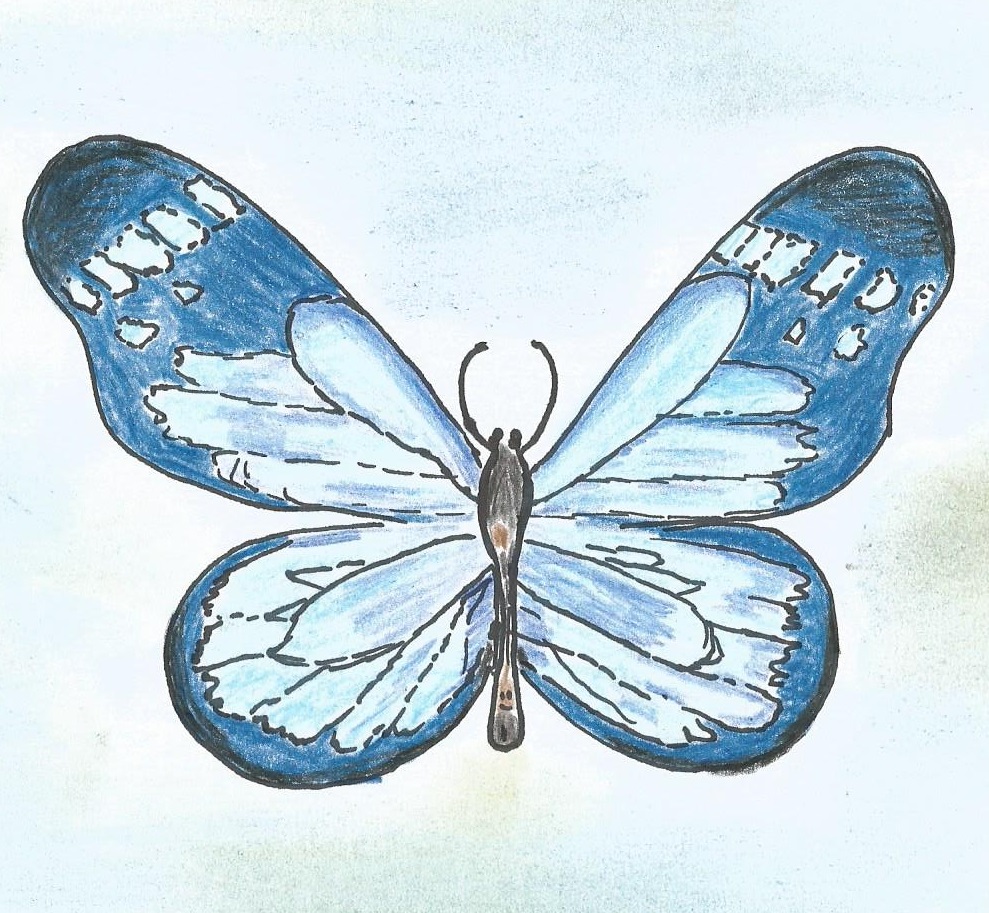
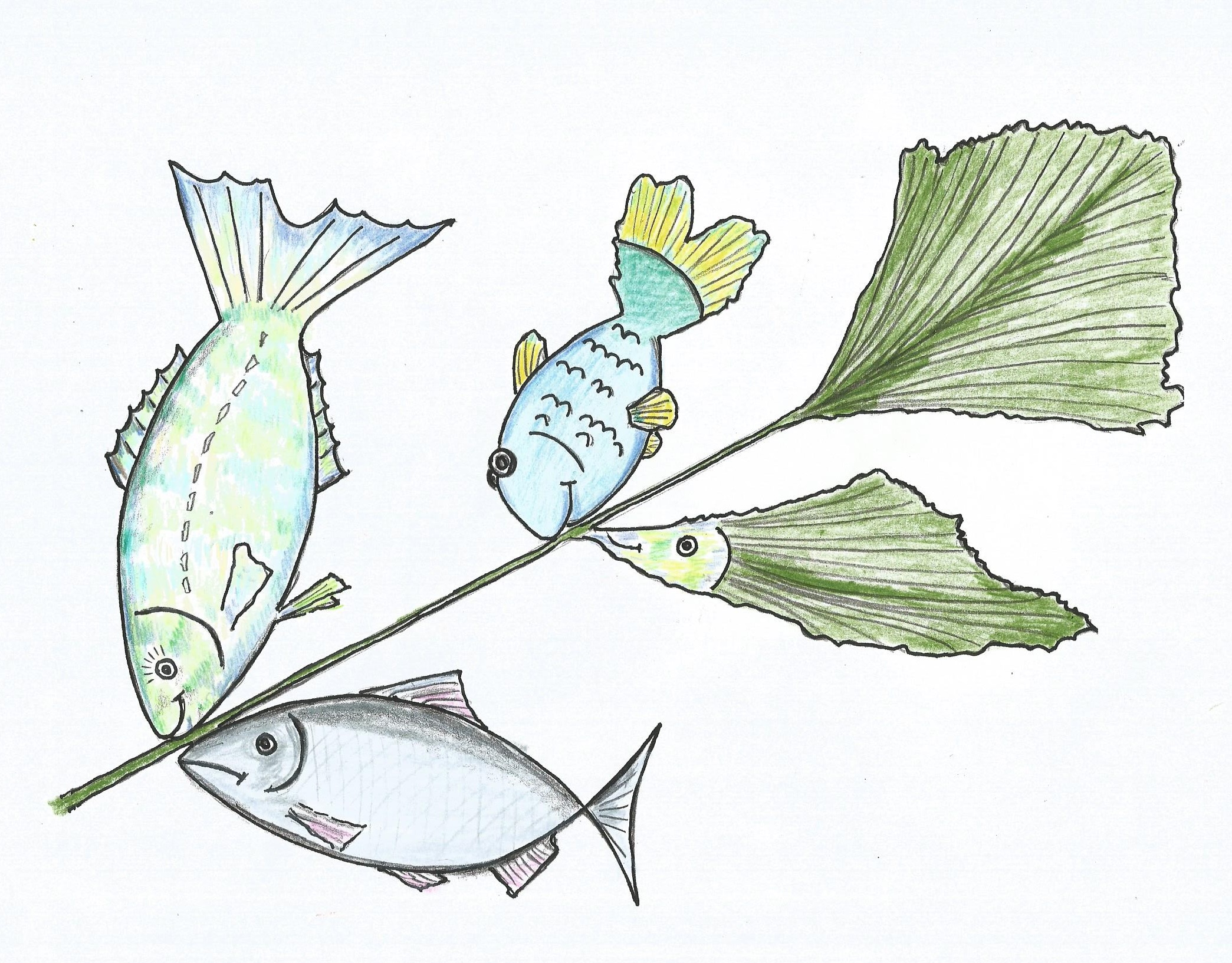
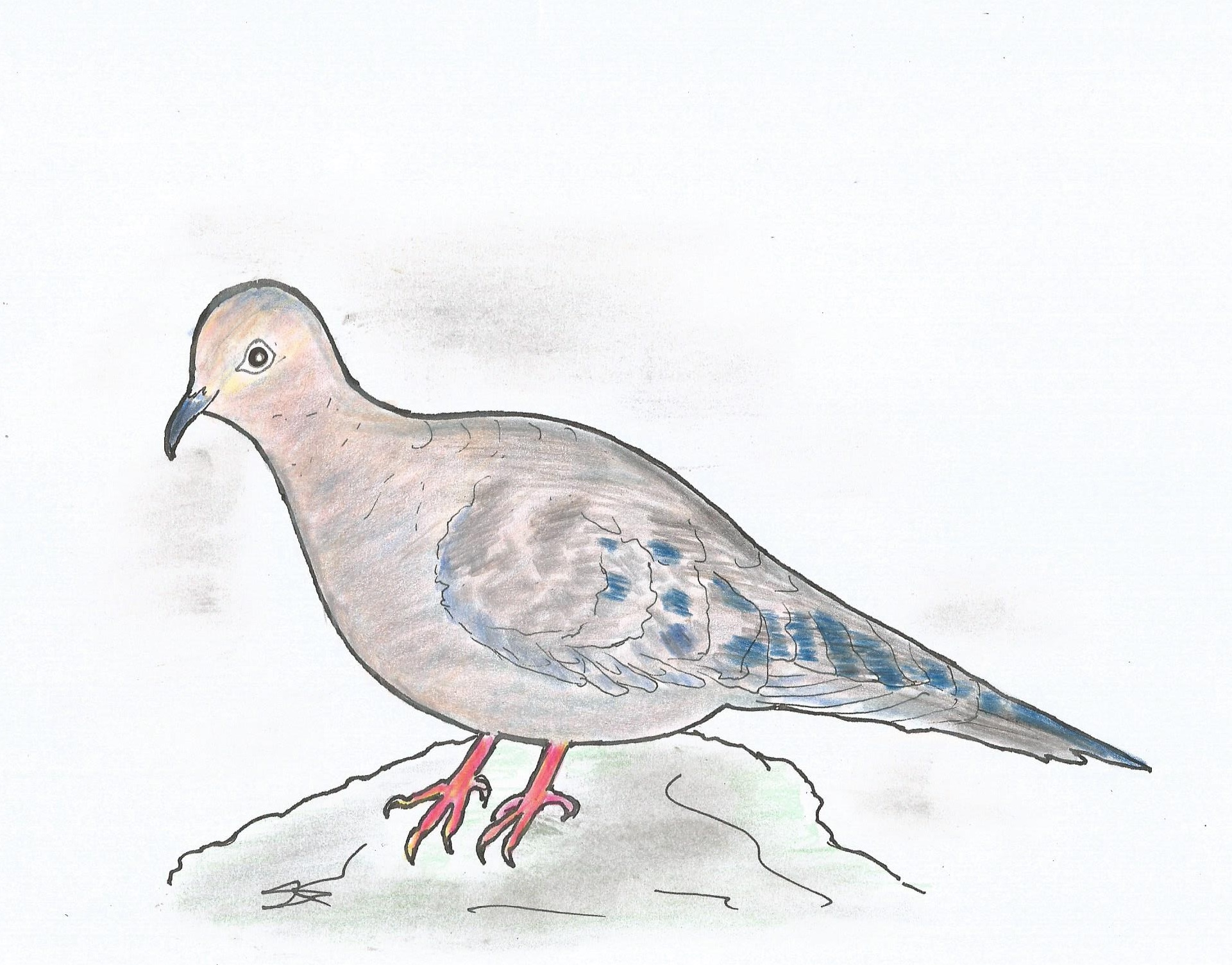
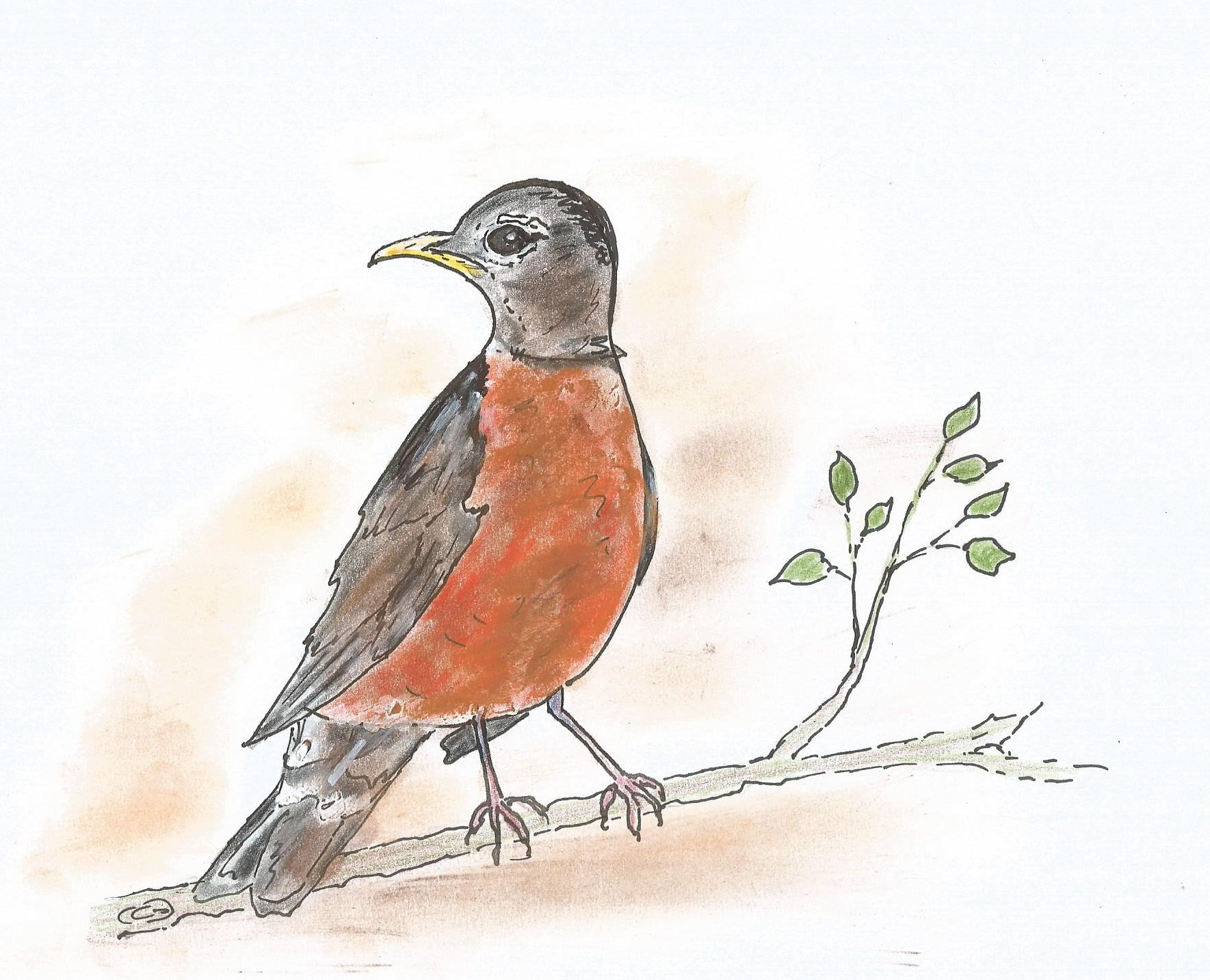
English
Español
La palma cola de pescado |
||
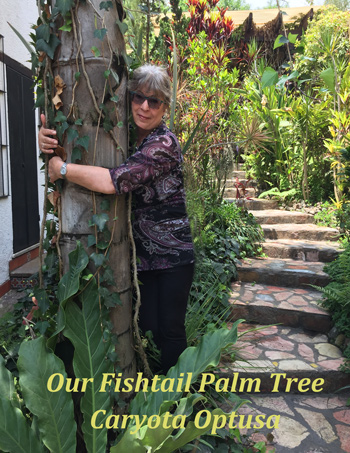 |
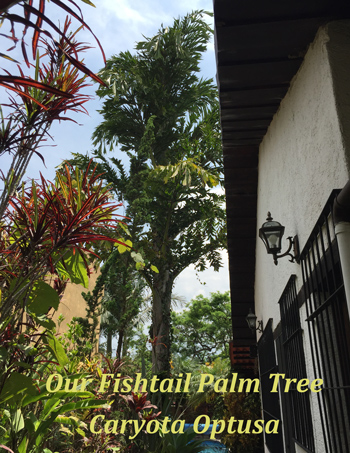 |
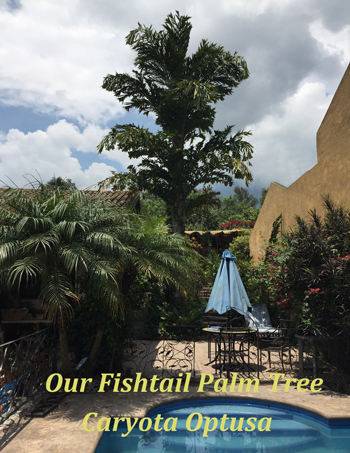 |

